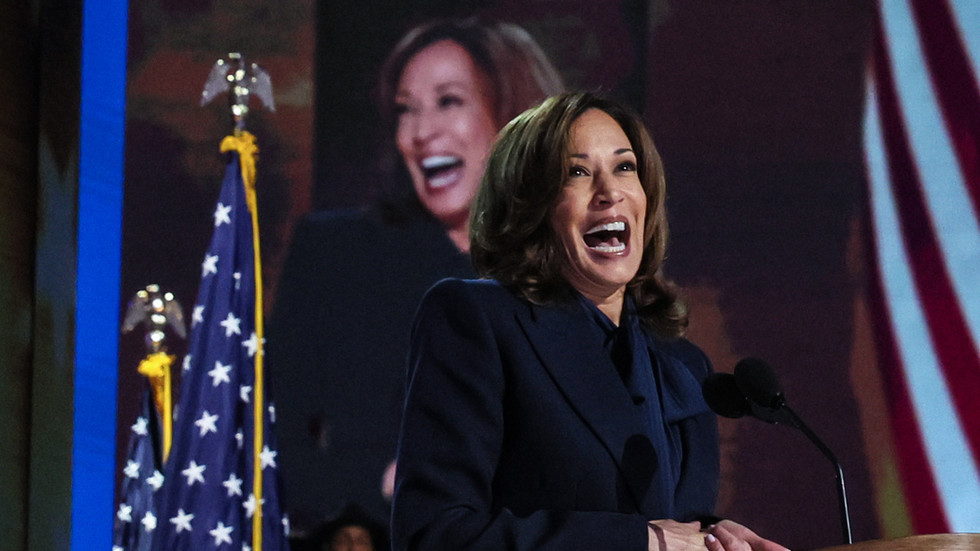Tetra Images | Getty Images
Attorney J.D. Harriman is skeptical about some of the art market's sales techniques.
"There's very little genuine information and data on pricing," he told CNBC via video call. Prices for artworks are "rarely" displayed at galleries, he said.
"When [galleries] have a new artist, they're not going to post prices, they're going to see what their patrons are going to pay for it," said Harriman, who is a partner at Foundation Law Group.
"If a piece by an artist sold for $50K, and they keep that secret, they are able to start at a higher price, say $100K, to the next buyer interested in a piece by that artist," he told CNBC in a follow-up email.
Or, if an artwork hasn't sold, the gallery may want to discount the price — but, again, this is kept private to avoid coloring the artist's body of work, Harriman said.
Unlike with company stocks, there's no requirement to file details of the value or ownership of artworks. And, rather like real estate, insiders sometimes equate the value of an artwork with what the market will pay for it.
CNBC contacted a dozen New York City art galleries and the same number in London to request price lists for their current exhibitions. (The galleries contacted do not publish prices online.) Nine of the New York galleries responded with pricing information, while none of the London galleries revealed theirs.
In an email to CNBC, Paul Hewitt, director general of the Society of London Art Dealers, said the organization encourages its members to display prices. "Promoting public confidence in the responsible dealing of fine art is a founding objective of the Society of London Art Dealers," he said.
Dropping the price is the worst thing you can do as an artist
Gosia Łapsa-Malawska
Curator, The Muse at 269
Galleries that don't display prices might wait for a market maker or someone with cachet to show interest in a piece to keep its value high, said Harriman, who has represented photographers and art advisory companies. "Collectors also will overpay for parts of the collection of an artist that they haven't yet acquired to keep the value of their own collection high," he said.
Collectors themselves are unlikely to publicly disclose the value of the art they own, in the same way they may not discuss their stock market holdings or net worth.
And, as with any kind of market, participants use tactics to maximize sales, Harriman said. "Everyone's trying to make money. Is that illegal? Is it just unethical? Is it just shady? I don't know," he said.
"When you go to buy a used car, the same kind of things happen [with sellers urging:] 'Last chance, you better buy it today.' 'One time only.' You get this in every sale," he said.
Why galleries don't share prices
One reason why galleries don't publish prices is that they want to protect the artists they represent, said London gallerist Lucca Hue-Williams. "From an artistic standpoint, prices being sent around can often create speculation and a bit of a frenzy," she told CNBC by phone.
"We don't want flippers coming in and comparing prices and seeing what they might be able to then sell work on for," Hue-Williams said. Her gallery, Albion Jeune, sells work by emerging artists who are likely to be well known in their home countries but less so in the U.K.
Hue-Williams aims to cultivate their careers. "I really spend a lot of time getting to know clients to make sure ... they're going to be involved in the career of the artists for a long time, that they're really going to treasure the work, and they, for example, may come back to us and loan the work for future museum shows," she said.
There really isn't a highly liquid global marketplace, contributing to perceptions and realities of 'black box' pricing
Tony Tjan
CEO, Cue Ball Capital
For early-career artists, the decision on how to price work isn't straightforward. Artist and curator Gosia Łapsa-Malawska said new artists often ask her about how much to charge, and may choose not to display prices during an exhibition because they prefer to negotiate a figure. "Dropping the price is the worst thing you can do as an artist. I've been always advising emerging artists: if you start [at a] certain level, you can only go up," she told CNBC by phone.
On the flipside, not displaying prices can put off potential buyers, because they might be afraid to ask how much an artwork is, Łapsa-Malawska said. She is the curator at London gallery The Muse at 269, which publishes prices online.
There are psychological and emotional factors that come into play when buying and selling art, she said, such as whether a gallery chooses to hang a piece in a physical gallery with the price displayed below it. "Sometimes, the price is like a barrier," Łapsa-Malawska said. "Okay, it's not for me. I'm not allowed to like that work" is how buyers might feel when they see the price, she added.
A mysterious market
For Tony Tjan, an art collector and CEO of venture capital firm Cue Ball Capital, the value of an artwork is defined in a similar way to other collectibles. "The degree of popularity, the level of scarcity and the degree of credentialization [or] … if something has organically captured the zeitgeist," are factors, he told CNBC by phone. Experts might advise on the value of a piece, he added.
But it's the cost of expertise that can stop people from buying art, according to Charlotte Black, founder of Artclear, a company that authenticates artworks and stores information about them on the blockchain.
"Verifiable data about works of art is difficult and expensive to find — requiring advice and assurances from experts you can trust — making the market fairly exclusive," she told CNBC by email.
Black hopes Artclear will give more people access to the art market, just as stock trading platforms have opened up financial markets to retail investors. "It will bring greater confidence to digital marketplaces and reduce the costs of fulfillment of transactions," she said.
British artist Shantell Martin is a favorite of art collector Tony Tjan, who said he likes to get to know artists and buy or commission work directly from them.
Bryan Bedder | Getty Images
When asked whether the art market could be described as mysterious, Black said, "It is a mystery to many — unless you are an expert or know one or pay one to advise you … it is hard to be sure what you are buying, and in that case the best advice is to only buy what you love."
Tjan, who is also co-founder of nail salon chain MiniLuxe, agreed with that sentiment. "Value should just be driven, at least for me, by what it means for you," he said. Is the pricing mysterious? "Yeah, it is. I mean it's art, right?" he said.
"Despite more online information aiding discovery and valuation, there really isn't a highly liquid global marketplace, contributing to perceptions and realities of 'black box' pricing," Tjan told CNBC in a follow-up email.
Tjan said he prefers to buy work directly from artists. "While I don't mind buying at auctions, it's always more meaningful to form relationships with artists and purchase or commission works directly from them," he said.
Making art affordable
A visitor takes a photo at the Affordable Art Fair Hong Kong, on May 16, 2024. Affordable Art Fair founder Will Ramsay said galleries must display prices at its events.
Ben Marans | Sopa Images | Lightrocket | Getty Images
Will Ramsay, a collector and industry expert, said prices are not always transparent because the upscale part of the art world wants to create a feeling of exclusivity. "I have been to some high-end shops and events without prices visible on luxury items, be they clothes, watches, wines, jewelry or cars. The art market is no different," he told CNBC by email.
Ramsay is the founder of the Affordable Art Fair, a series of events that started in London's Battersea area 25 years ago, and which now runs in more than a dozen cities worldwide — with prices listed next to artwork. Prices at its Battersea event, which is on until Sunday, range from £50 (£65) to £7,500 ($9,787).
"We aim to democratize the buying of art and make it inclusive, to educate people and give them confidence to start or grow their collections," he said.

.png) 2 hours ago
5
2 hours ago
5









